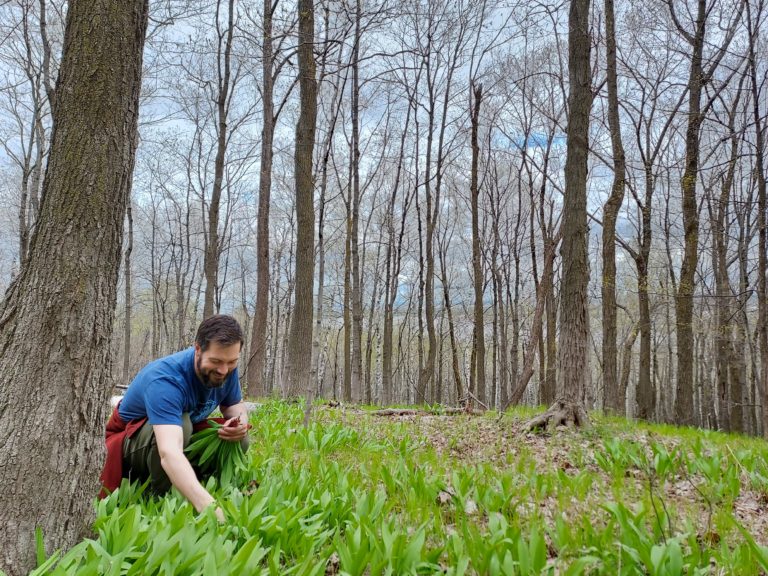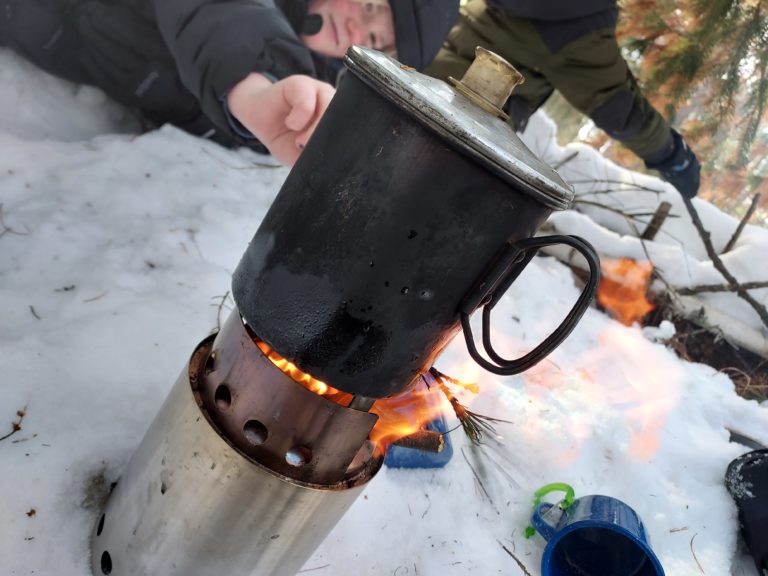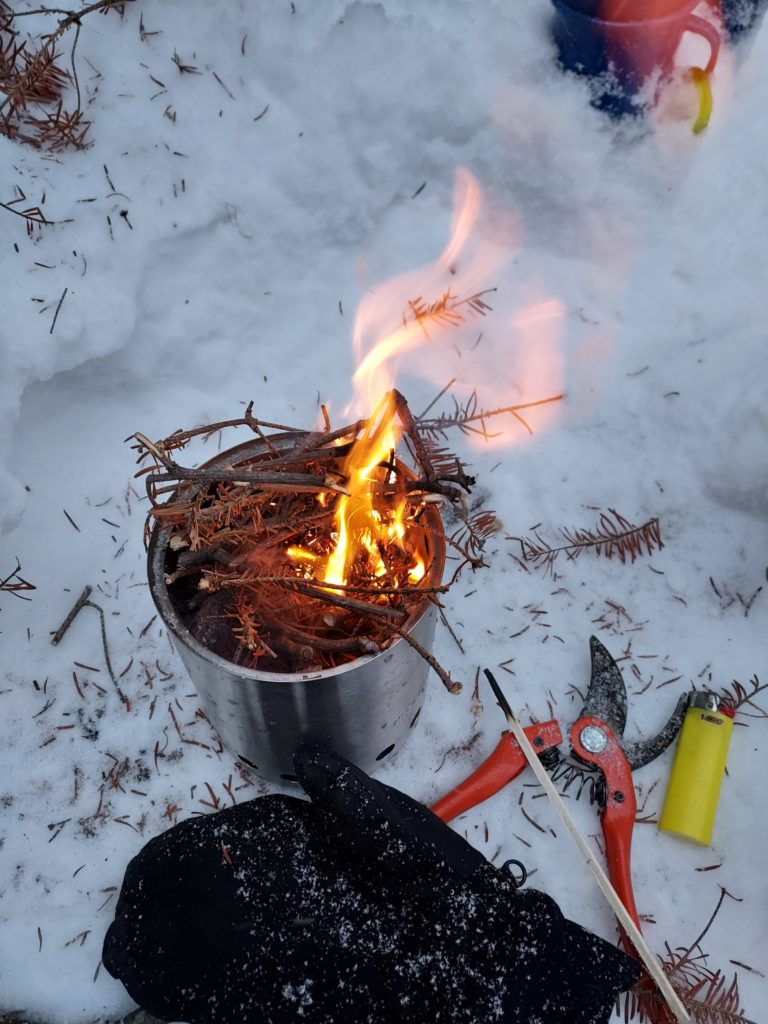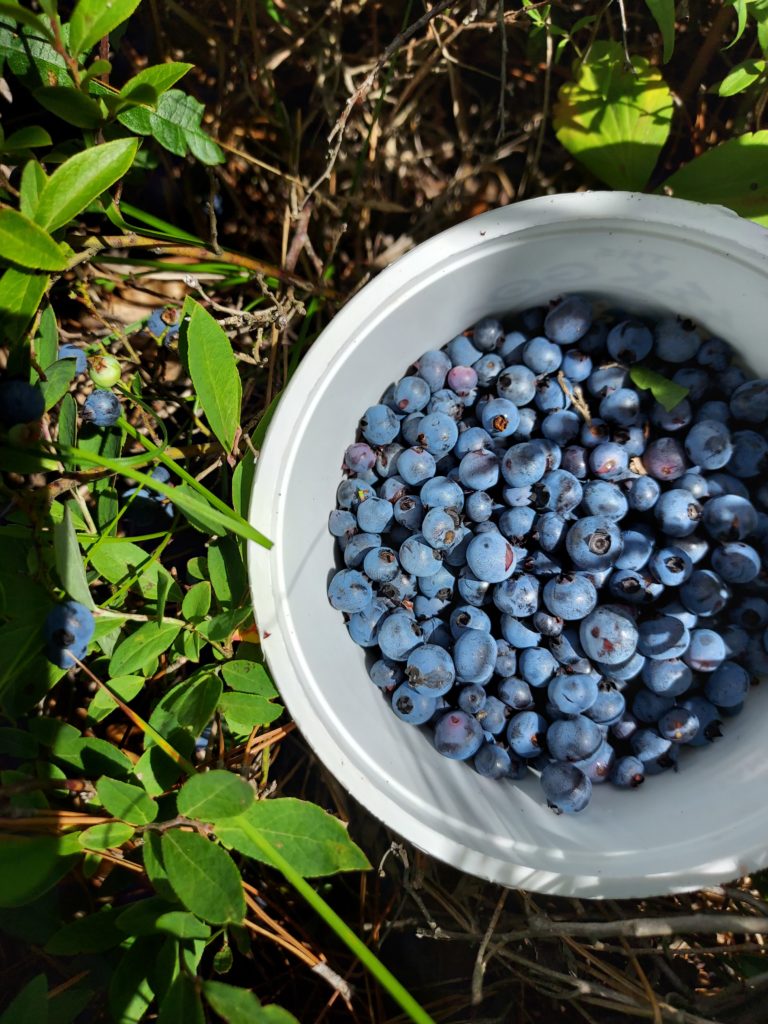Wild Soda & Salve with Milkweed and Fireweed
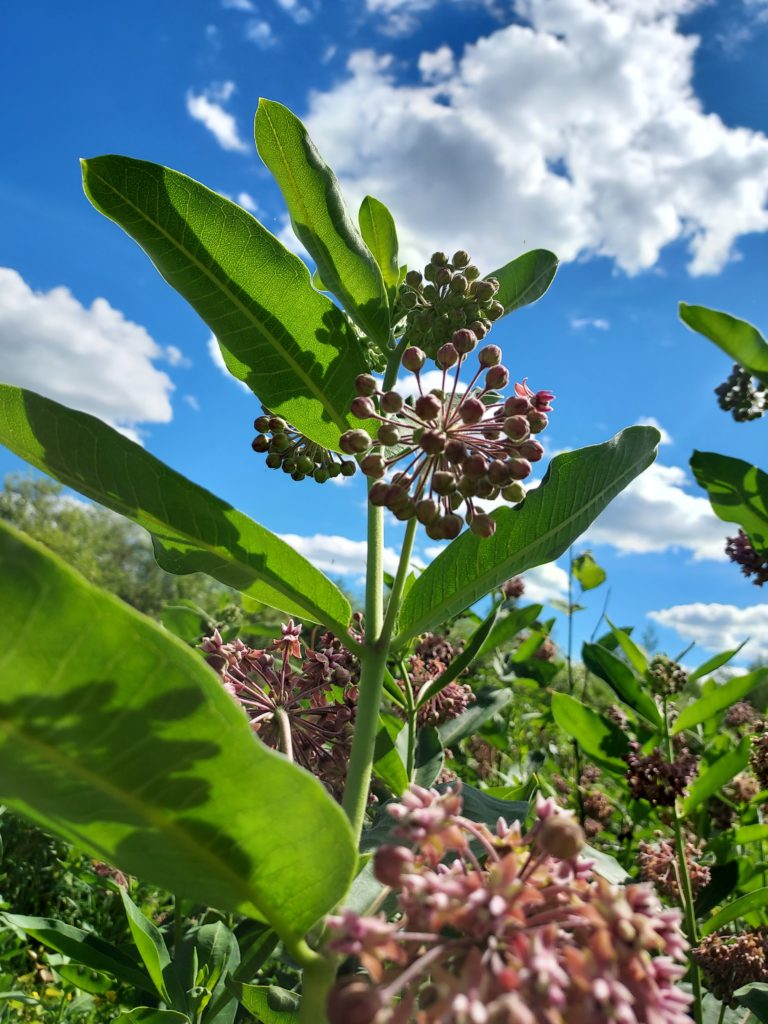
I got to spend some time this week working with some of my favorite plants: milkweed and fireweed. There’s a patch of woods by my house where the milkweed and fireweed were calling me to come for a visit! I love milkweed for it’s value as a pollinator and for being an essential food for monarch butterflies. The last few years though I have been learning about its value as a food plant! That being said, I am very mindful of where I harvest milkweed and how much I harvest so that I am sharing with the monarchs and not diminishing a vital food source for them! The patch I harvest from is substantial and I take a teeny amount.
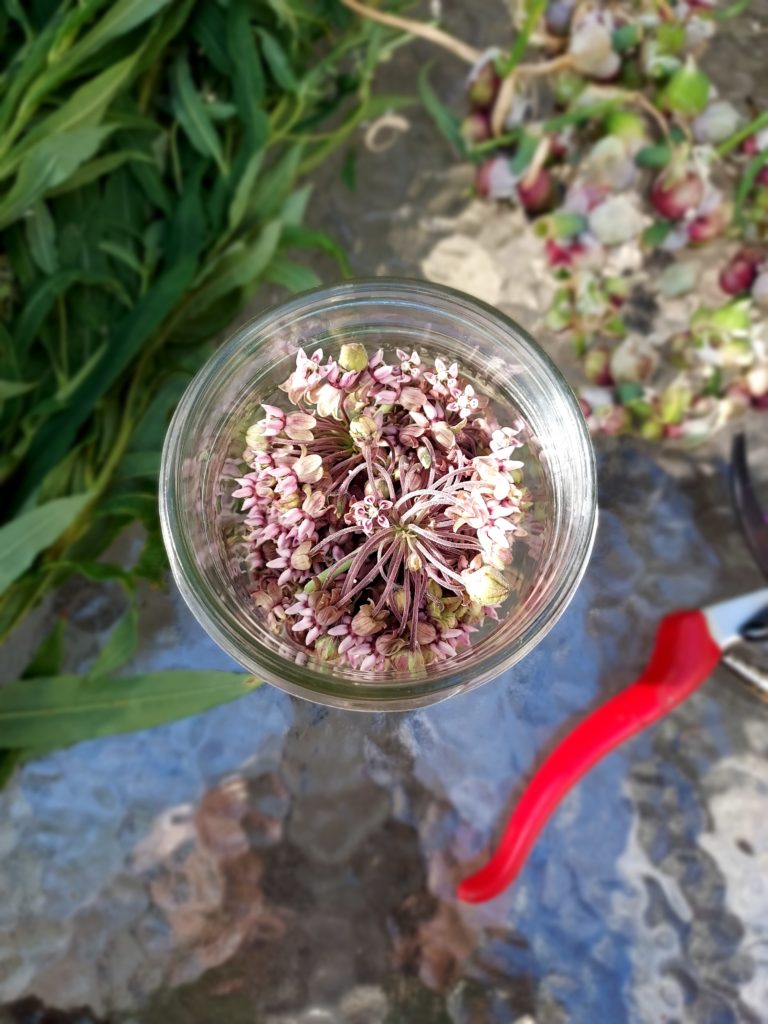
You’re probably wondering what parts of milkweed are good for eating? Well, local author and culinary ethnobotanist, Tashia Hart, (The Good Berry Cookbook) taught me that the flower buds can be pickled and used like capers. They can also be a tasty snack when dried. Also, the seed pods, before they get all fluffy and downy, can be sauteed in butter! Another wild foods guru I follow on Instagram, Alexis @ blackforager, makes a syrup out of milkweed flowers! This perked my ears up since recent kitchen experiments have had the theme of wild sodas.

So I harvested about 2 pints of flowers, brought them home, and Sylva mixed up 2 cups of sugar and 1 cup water on the stove until dissolved. We poured the syrup over the milkweed flowers, let it steep for 20 minutes, and strained off the flowers. The remaining syrup was a delicate pink color and tasted like a floral nectar (imagine that). I think for my market stand this week I will mix it with sparkling water and maybe a few slices of cucumber. Or maybe some mint? Or lavender?
Another favorite plant I got to work with this week was fireweed. I fell in love with fireweed while working as a canoe guide in the Boundary Waters. Fireweed flowers in late July, well into August. When I start seeing fireweed flowers, I know that we have passed the zenith of summer and are rounding the corner to fall. It reminds me to be present in the moment and fully embrace this time of the year that I love so much when the nights are warm, the berries are ripe, and so many of my favorite plants are in their prime! I also love fireweed for it’s resilience. I remember being on a canoe trip after a wildfire had come through a part of the boundary waters that I had really gotten to know while guiding. I had been feeling slightly devastated as we paddled along, observing the aftermath of a fire that had took out all the trees and burned the soil down to the rock in some places. Then we rounded a corner and came upon the portage to find a field of fireweed. It was striking and almost other-wordly to see this tall bright pink flower against the backdrop of the charred black ground. It filled me with a sense of hope and comfort, that things can change and still come out OK. That change is inevitable. That changes can utterly ROCK your WORLD, and, yes that is scary and can be devastating. But fireweed reminds me/inspires me to lay down new roots with the ones you still have intact and focus on finding a new way to grow/exist/blossom. Loss can open up new spaces for new growth to emerge!
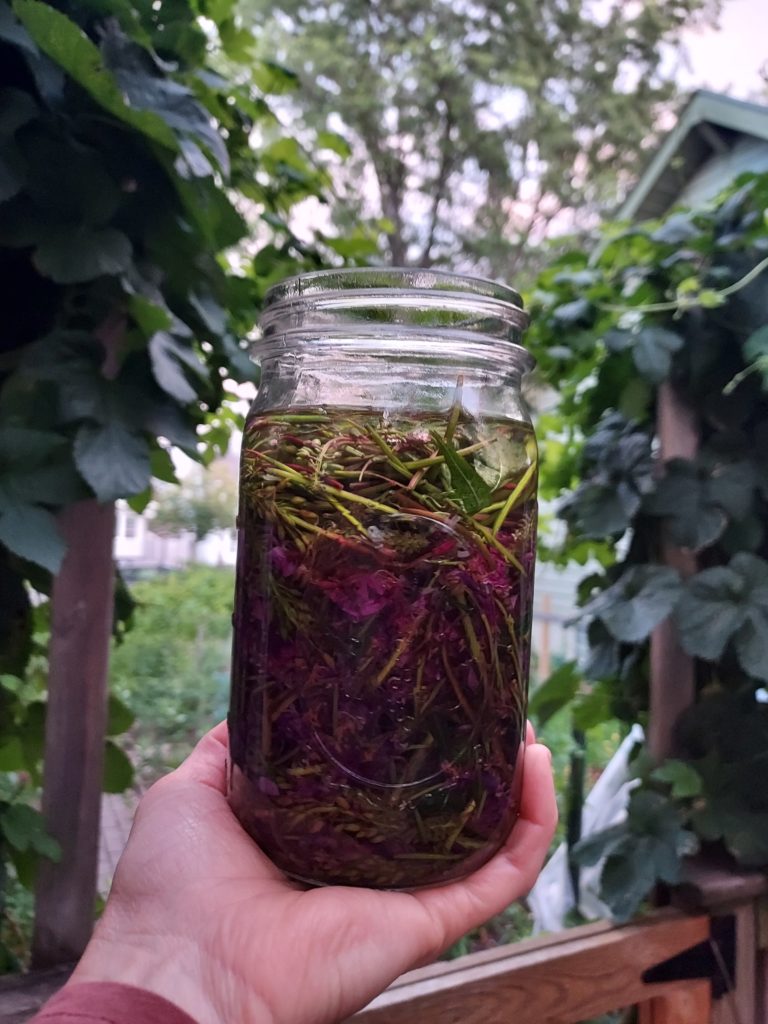
Since these first encounters with fireweed, I have learned of it’s value as a food plant and for medicine. You can eat it’s shoots in the springtime when it is first coming up. The leaves make a good tea. In Russia the tradition is to smash the leaves, let them ferment, and then dry them. The tea is full of anti-oxidants and good for the digestive and circulatory systems. The anti-inflammatory properties of fireweed make it effective at soothing irritated skin. Which is why I paired it with plantain for a salve to treat sunburns. To make the salve, I harvested fireweed flowers and placed them in a jar with coconut to infuse. Since summer (sunburn season) is waning and the fireweed has just started blooming, I used the quick method of gently heating the jar using the “warming” setting on my oven to infuse the plant medicine into the oil. I did the same with plantain. I strained off the plants, and added the beeswax, while continuing with the gentle heat (170 degrees F) until the beeswax melted. Then I added lavender essential oil for a little extra soothing power, poured into metal tins and cooled. Although I am not excited for anyone to get a sunburn, I am excited to try this out!


